Best Ceramic Coating for Cars: Is Technical Ceramics Worth It for Your Business?
Release time:2025-10-15
Ceramic coatings for cars have become increasingly popular due to their ability to protect vehicle paint while enhancing its appearance. But with so many brands and products on the market, it can be challenging to determine which one is the best for your needs. Whether you're a car dealership, an auto detailer, or a car owner looking to improve your vehicle’s durability and aesthetics, understanding the benefits, costs, and application methods of ceramic coatings is crucial. In this blog, we’ll explore the best ceramic coatings for cars, how to apply them, and whether they are worth the investment for your business.
What is the best ceramic coating?
-What is ceramic coating?
-What is the best professional ceramic coating for cars?
How to apply ceramic coating?
-How to ceramic coat your car yourself?
-How to diy ceramic coating?
Is ceramic coating worth it : ceramic coating benefits
-How long does ceramic coating on a car last?
-How much does a ceramic coating cost?
Which brand is best for ceramic technics?
FAQ
-Is ceramic coating safe for you?
-What are the disadvantages of ceramic coating on a car?
-What is the difference between ceramic coating and normal coating?
Conclusion
What is the Best Ceramic Coating?
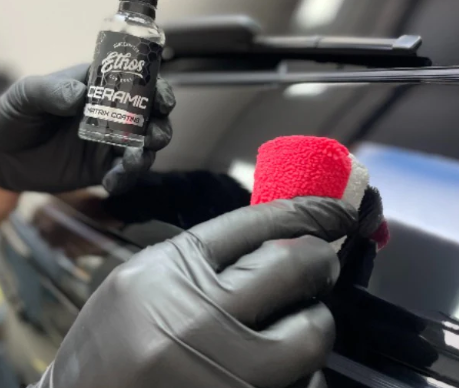
What is Ceramic Coating?
Ceramic coating is a liquid polymer applied to the exterior of a vehicle that chemically bonds with the factory paint to create a protective layer. This layer offers numerous benefits, such as resistance to contaminants, UV rays, water, and minor abrasions. The coating is typically made from a combination of silica and titanium dioxide, creating a durable and hydrophobic surface that repels water and prevents dirt and grime from sticking to the vehicle. This makes cleaning the car much easier and reduces the likelihood of paint damage over time.
What is the Best Professional Ceramic Coating for Cars?
The best professional ceramic coating for cars is one that provides long-lasting protection, exceptional durability, and enhanced aesthetics. These coatings are designed to create a strong, hydrophobic layer that repels water, dirt, and contaminants, making cleaning and maintenance much easier. The ideal professional ceramic coating also offers resistance to scratches, swirl marks, UV damage, and environmental contaminants like bird droppings and tree sap. A high-quality coating should also enhance the car’s paint, giving it a glossy, showroom-like finish that lasts for years. The application process is typically more complex than consumer-grade options, requiring professional expertise to ensure optimal results. Ultimately, the best professional ceramic coating balances durability, ease of application, and protection while delivering superior gloss and water-repellent properties.
How to Apply Ceramic Coating?
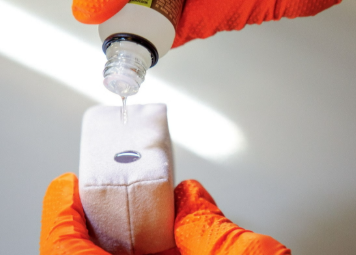
Applying ceramic coating can seem intimidating, but with the right tools and preparation, it’s a relatively straightforward process. Whether you choose to apply the coating yourself or have it professionally done, it’s important to follow the proper steps to ensure the best results.
How to Ceramic Coat Your Car Yourself?
1.Preparation is Key:
Begin by thoroughly washing your car. Use a pH-neutral car shampoo to remove any dirt, grime, or contaminants. If your car has embedded particles, use a clay bar to remove them. This step ensures the surface is perfectly clean before applying the coating.
2.Polish the Paint:
Although ceramic coatings offer some scratch resistance, it’s important to polish the paint first. This removes swirl marks, light scratches, and imperfections, creating a smooth surface for the coating to bond with.
3.Apply the Ceramic Coating:
Using the applicator pad that comes with the product, apply the ceramic coating in small, manageable sections. Work in a crosshatch pattern, applying the coating evenly over the surface. Be sure to follow the manufacturer’s instructions regarding the curing time and how long you should wait before buffing off excess product.
4.Buff and Cure:
Once the coating has been applied, use a microfiber towel to gently buff off any excess. It’s crucial not to leave any streaks or high spots. After application, allow the coating to cure according to the manufacturer’s guidelines, typically 24-48 hours.
How to DIY Ceramic Coating?
For those who want to take on a DIY ceramic coating project, there are several products on the market that cater specifically to this need. DIY kits are generally easier to apply than professional coatings but may not offer the same level of protection or longevity. A typical DIY ceramic coating kit includes:
1.Pre-coating cleaners
2,Applicator pads
3.Microfiber towels
4.The ceramic coating solution
These kits are generally less expensive and can still provide excellent results if applied correctly. However, the durability may not be as long-lasting as professional-grade products.
Is Ceramic Coating Worth It : Ceramic Coating Benefits
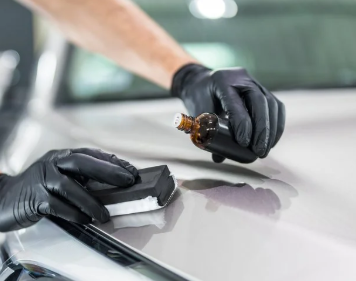
Now that we’ve discussed what ceramic coatings are and how to apply them, let’s delve into why ceramic coatings are worth the investment.
How Long Does Ceramic Coating on a Car Last?
The longevity of a ceramic coating depends on the product you use and how well you maintain it. Professional-grade coatings, like Opti-Coat Pro or Gtechniq Crystal Serum Ultra, can last anywhere from 5 to 9 years, while DIY coatings may last around 1 to 3 years. Proper maintenance, such as regular washing and occasional reapplication, can significantly extend the coating’s lifespan.
How Much Does a Ceramic Coating Cost?
The cost of ceramic coating varies depending on whether you opt for a DIY kit or professional installation.
DIY Ceramic Coating Kits: Typically, these kits range from $30 to $100, depending on the brand and the size of the kit. These are suitable for car enthusiasts who are comfortable applying the coating themselves and are looking for an affordable solution.
Professional Ceramic Coating: Professional installation usually costs between $500 and $2,000, depending on the brand of the coating, the size of the vehicle, and the level of protection you want. This cost includes the application and sometimes a warranty for the coating’s longevity.
Despite the higher upfront cost, professional ceramic coatings offer long-term protection that can save you money on maintenance and detailing in the future.
Which brand is best for ceramic technics?
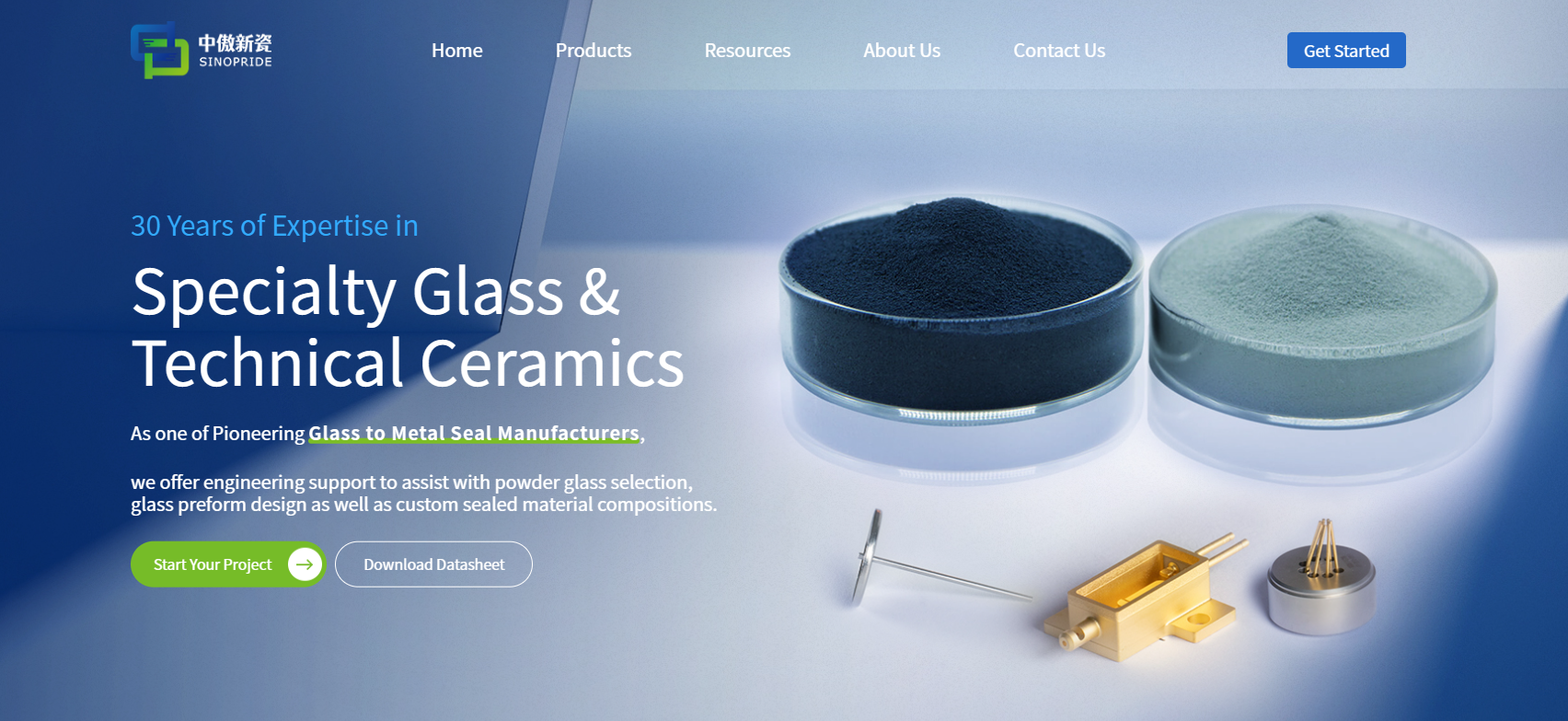
1. Spcera - Advanced Ceramic Technology
Overview:
Spcera is a leader in the field of technical ceramics, offering high-performance ceramic solutions for a wide range of applications, including automotive, aerospace, and electronics. Known for its ceramic coating technology, Spcera’s products stand out due to their advanced formulations that provide superior protection, durability, and functionality. Their ceramic coatings, for example, are highly regarded in the automotive sector for their ability to create hydrophobic surfaces, reduce maintenance, and enhance surface longevity.
Key Features:
High Durability: Spcera’s ceramic coatings offer long-lasting protection against scratches, dirt, UV rays, and other environmental contaminants.
Hydrophobic Effect: The coatings provide a water-repellent surface that makes cleaning easier and helps maintain the appearance of the coated surfaces.
Customization: Spcera excels in offering customized ceramic solutions, tailored to the specific needs of industries such as automotive, machinery, and more.
2. CeramTec - Global Ceramic Materials Provider
Overview:
CeramTec is one of the world’s leading companies in the development and production of technical ceramics. They provide cutting-edge ceramic materials used in a broad range of industries, including medical technology, automotive, electronics, and energy. CeramTec specializes in providing high-performance ceramics that excel in extreme environments, offering exceptional mechanical strength, wear resistance, and temperature stability.
Key Features:
Wide Application Range: CeramTec’s ceramics are used in a variety of industries, including healthcare (implants and medical devices) and electronics (semiconductors and connectors).
Innovative Solutions: Their expertise in precision ceramics ensures products with high tolerances and exceptional material properties.
Sustainability: CeramTec focuses on the development of eco-friendly ceramic materials, meeting the growing demand for sustainable manufacturing practices.
3. Kyocera - Advanced Ceramics for Multiple Sectors
Overview:
Kyocera, a globally recognized leader in the production of ceramic components, has pioneered ceramic technology for decades. The company specializes in ceramics for a variety of sectors, including telecommunications, automotive, medical, and industrial equipment. Kyocera’s fine ceramics are designed for high-performance applications, offering properties such as heat resistance, chemical stability, and electrical insulation.
Key Features:
Precision Engineering: Kyocera’s fine ceramics are engineered for precision and high reliability, making them ideal for electronic components, medical devices, and industrial applications.
Durability: Their ceramics are highly durable, offering resistance to wear, corrosion, and high temperatures.
Innovative Manufacturing: Kyocera continues to push the boundaries of ceramic technology with constant research into new materials and applications.
FAQ
Is ceramic coating safe for you?
Yes, ceramic coatings are generally safe for both the vehicle and the person applying them. However, it’s important to follow the safety instructions, such as wearing gloves and working in a well-ventilated area, to avoid any potential skin irritation or inhalation of fumes.
What are the disadvantages of ceramic coating on a car?
While ceramic coatings provide excellent protection, they do have some drawbacks. They are not impervious to large scratches or chips, and the application process can be time-consuming. Additionally, some products require professional installation, which adds to the overall cost.
What is the difference between ceramic coating and normal coating?
Ceramic coatings differ from traditional waxes or sealants in that they create a chemical bond with the vehicle’s paint, forming a hard, long-lasting layer of protection. Traditional coatings, like wax, only sit on top of the paint and provide less durability and protection.
Conclusion
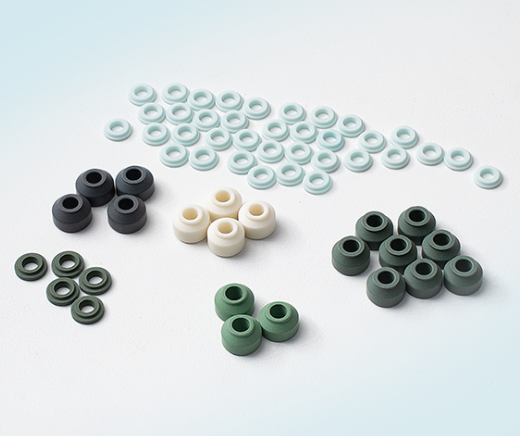
Ceramic coating has become a sought-after solution for car owners and businesses, providing a protective layer that enhances paint durability and appearance. This liquid polymer bonds with the vehicle's surface, creating a hydrophobic barrier against dirt, water, and UV rays. Professional-grade coatings offer long-lasting protection, superior gloss, and scratch resistance, reducing maintenance and the need for frequent washes. While the upfront cost is higher, the long-term benefits make it a worthwhile investment. Spcera stands out with its advanced ceramic technology, offering both DIY and professional solutions that ensure lasting protection and ease of application, making it a top choice for those seeking exceptional quality.






